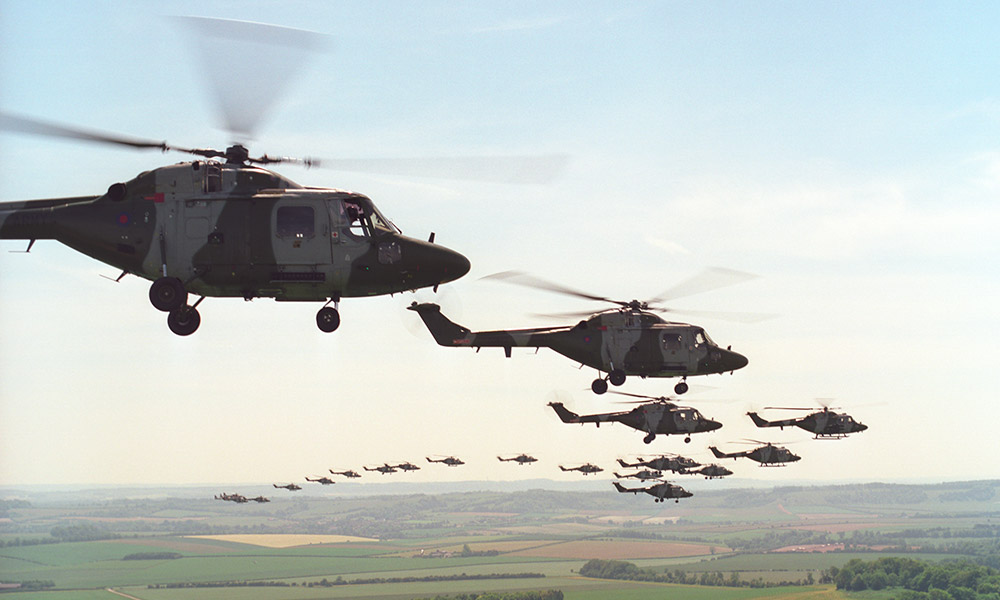India Not Impressed By China’s Growing Military Exercises in Tibet

Last month, China’s People’s Liberation Army (PLA) engaged in a major military exercise in the Tibet region. The engagement showcased some of the latest weapons in the Chinese military inventory and also spotlighted its deployments in the region more generally.
According to reports, the exercise last month in Tibet witnessed the deployment of several key aspects of Chinese military capabilities, including the Type 15 light battle tank and the new 155 mm vehicle-mounted howitzer. A Chinese military analyst speaking to the Global Times said that both “had powerful engines, allowing them to maneuver efficiently in Tibet’s terrain.” The same Global Times report also stated that the PLA Tibet Military Command had deployed helicopters, armored vehicles, heavy artillery, and anti-aircraft missiles across the region, from Lhasa, which has an elevation of around 3,700 meters, to border defense frontlines at an altitude higher than 4,000 meters.
These developments were by no means surprising. Indeed, the PLA has been modernizing its outdated l combat proficiency in the last few years by engaging in training and joint exercises, especially in high-altitude regions.
With respect to Tibet in particular, the PLA has been doing a number of exercises in Tibet, and the frequency seems to be increasing. This is for revamping the inefficient command and control system and also to control the growing Tibetan unrest.
Close to a decade ago, in 2011, the PLA conducted two joint exercises at the group army level in the Tibet Autonomous Region (TAR), with the goal of practicing employing a division-size force in a truly integrated manner, involving armor, artillery, and the PLA Air Force (PLAAF). There were also reportedly network-centric operations in a high-intensity electromagnetic environment practiced during this exercise. A J-11 regiment was sighted engaging in night-combat training in Tibet in August 2015.
In contradt, Indian Army has been conducting such divisional level exercises since ages and recently conducted an integrated tri service exercise for a Mountain Strike Corps.
Though these developments in Tibet do demonstrate the growing air infrastructure in the TAR, including civilian airports, many of which are used by the PLAAF. These exercises have continued to grow bigger and more sophisticated. Even amidst the Doklam crisis in 2017, the PLA was engaged in a joint military exercise on the Tibetan plateau.
China’s engagements are part of an effort to step up their combat proficiencies in Tibet. More specifically, they address a major significant lacuna of the PLA – lack of recent operational experience. These exercises have also focused on bringing about true jointness and integration in military operations. In addition to these exercises, there are other indicators of increased PLA activity in the TAR. For example, from 2013 onwards, PLAAF aircraft and helicopters have been sighted doing increased patrolling. Since 2013, troops coming to sectors opposite the Ladakh sector have been instructed to only travel by air and not by road, though the implications of this is unclear. Since April 2015, there have been increasing PLAAF activities, with J-11 and Su-27 aircraft of the PLAAF engaged in periodic exercises in the TAR.
From an Indian perspective in particular, China’s military efforts in the TAR are of little concern. The fact that Beijing has established all-weather physical border infrastructure in these areas has enhanced its ability to project military power in the region. However the Indian Army has also improved its military and civil infrastructure all along the Indo Tibetan Border. With raising of 17 Corps, the battle can be taken deep inside Tibet if ever required.
Additionally, the PLA is also known to have set up many military camps close to the border areas with periodic deployment of forces in these camps. This would imply that the PLA remains relatively acclimatized to the high-altitude conditions prevalent in the region, whereas on the Indian side, most forces responsible for the Sino-Indian border areas are in the plains of Assam.
The increase in the frequency and complexity of the PLA exercises in the TAR is just an indicator of Psychological warfare. The fact that the Chinese state-run media are publicizing these exercises in Tibet is possibly an effort to send a signal to India to highlight the overall better combat proficiency of the PLA. New Delhi remains fully prepared and the Indian Army is not easily impressed with such tactics.
Clearly, the tempo of China’s military activities in the TAR is growing, and it is likely to lead to even greater efforts on the Indian side. Though the Doklam confrontation ended peacefully, the preparations being undertaken by both sides suggest that the next one may have a different outcome. Indian Army is ready …..the PLA should be aware.




